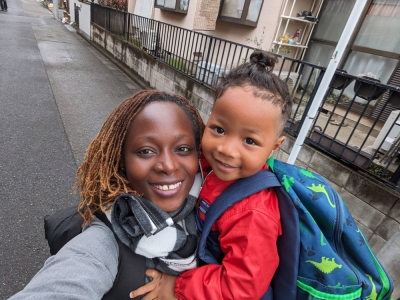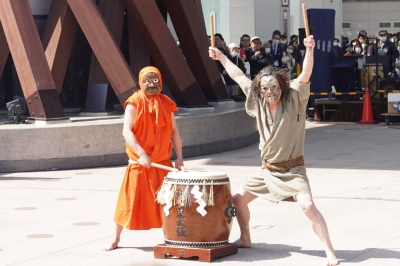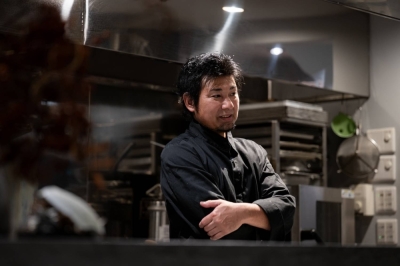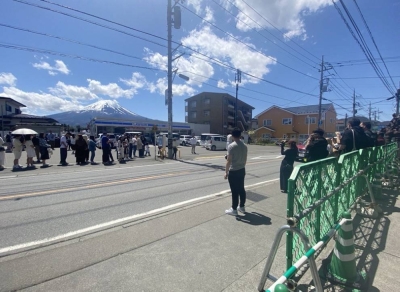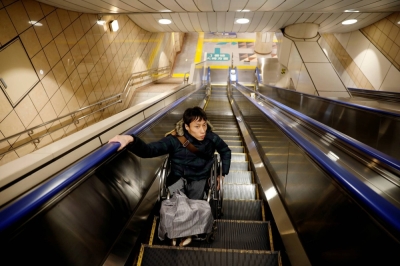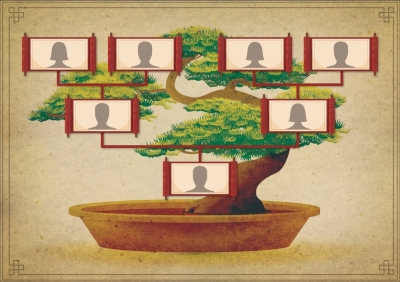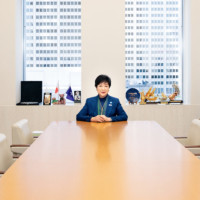WORDS TO LIVE BY
Jun 12, 2007
May 22, 2007
May 8, 2007
Apr 24, 2007
Apr 10, 2007
Mar 27, 2007
Mar 13, 2007
Feb 27, 2007
Jan 30, 2007
Jan 16, 2007
Dec 26, 2006
Dec 12, 2006
Nov 28, 2006
Nov 14, 2006
Oct 24, 2006
Aug 22, 2006
Aug 8, 2006
Jul 25, 2006
Jul 11, 2006
























